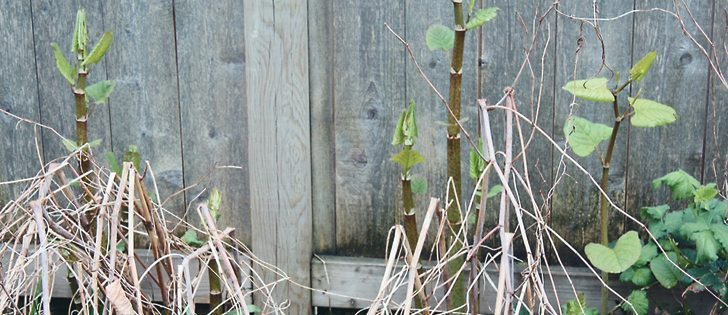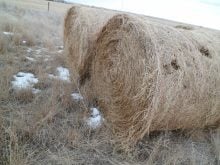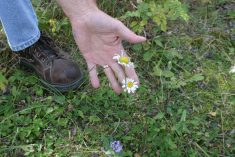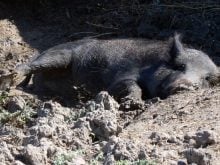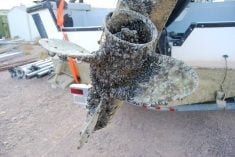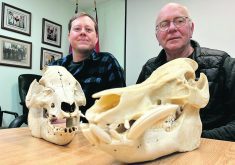Control options are limited for knotweed
Friends don’t give friends knotweed.
That is advice Alberta Agriculture weed specialist Nicole Kimmel says gardeners should adopt.
Knotweed is on the prohibited and noxious list of invasive plants in Alberta, and recent discoveries appear to be the result of gardeners in British Columbia sharing the bamboo-like weed with others in Alberta.
That sharing does no favours, said Kimmel.
“It’s pretty scary. It’s big in Great Britain and they’re spending millions of dollars trying to control it,” she said.
Read Also

Volatile temperatures expected for this winter
DTN is forecasting a lot of temperature variability in the Canadian Prairies this winter. Precipitation should be close to average.
“And they’re actually refusing mortgages because they know that if it’s growing on a property with a house, it could grow into the house and wreck the foundation.”
Kimmel said the weed is a major problem in downtown Vancouver, and several recent reports in Alberta are worrisome.
“We have a couple occurrences in the province. We have found it in Waterton Lake, Sylvan Lake, Trochu, Parkland County, Grande Prairie, and then the new ones … were in Leduc. And there were two confirmed sightings in Calgary just last week,” she said June 8.
Knotweed has a bamboo-like stem and grows in clumps. Its leaves usually have red or purple blotches or streaks and a sheath or membrane that wraps around stem nodes.
“It grows fast, and it quickly spreads through the rhizomes and can resprout from little chunks,” said Kimmel.
The weed likes wet areas and is an aggressive competitor with other vegetation.
Control options are limited. Kimmel said the most effective measures used in B.C. involve injection of glyphosate into the hollow stems using a syringe. Injection works better than foliar application.
Obviously, this wouldn’t be practical should the weed become widespread and have to be fought on a larger scale.
“We’re asking anyone that thinks that they have some, or knows someone that does, just to report it to us,” said Kimmel.
Municipalities want to do the removal to ensure complete control.
“They don’t want it to just be thrown over the fence or in the landfill, even.”
There is no penalty for having the weed. The important thing is to report and get rid of it, she said.
“It is concerning for us to have so many new reports coming up. There’s got to be more out there that we’re not catching.”
Contact barb.glen@producer.com


